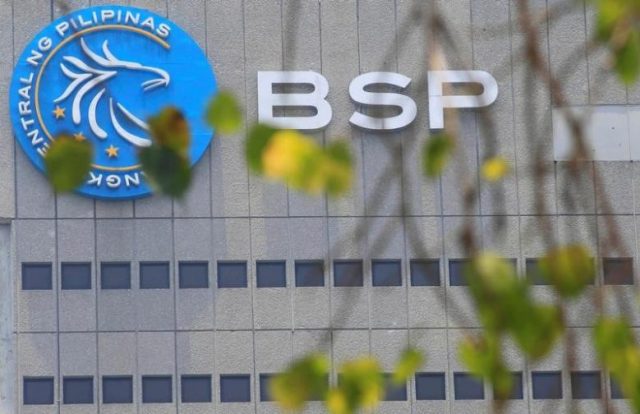
MANILA – Economic activity is seen to get an additional boost from the Bangko Sentral ng Pilipinas’ (BSP) cut of banks’ reserve requirement ratio (RRR) to 19 percent effective March 2, 2018, according to the Bankers Association of the Philippines (BAP).
In a statement Friday, BAP said the decision of the central bank’s policy-making Monetary Board (MB) to cut banks’ RRR supports the government’s bid to further uplift the growth momentum of the domestic economy.
“The reserve adjustment means that borrowers will have access to more sources of funds and more efficient cost of borrowing that is expected to propel more economic activity in the country,” it said.
The latest RRR cut is expected to release about PHP90 billion worth of liquidity into the system.
On Thursday, the central bank said the RRR cut “reaffirms the BSP’s commitment to gradually lessen its reliance on reserve requirements for managing liquidity in the financial system.”
“The Monetary Board believes that the BSP has attained sufficient progress in its shift towards the use of market-based monetary instruments since the adoption of the interest rate corridor (IRC) framework in June 2016,” it said, citing that the central bank now has ample scope to ease the potential liquidity impact of the gradual RRR cut.
The last time the central bank adjusted RRR was in 2014 when it was hiked by a total of 50 basis points as the growth of domestic liquidity grew stronger than in the past years at a level of more than 20 percent.
To date, the country has one of the highest RRR in the world, which is why some analysts have been projecting a cut as domestic inflation continues to rise and the MB keeps key rates steady.
BAP managing director Benjamin Castillo said he expects their member-banks to “be able to extend additional credit to consumers and enterprises that require adequate funds for their personal and business needs.”
He added the Monetary Board’smove for the gradual reduction in the reserve ratio “clearly demonstrates a strong regulatory framework and supports the BSP’s ability to further manage liquidity while policy rates are within its framework to continuously promote economic growth.”







